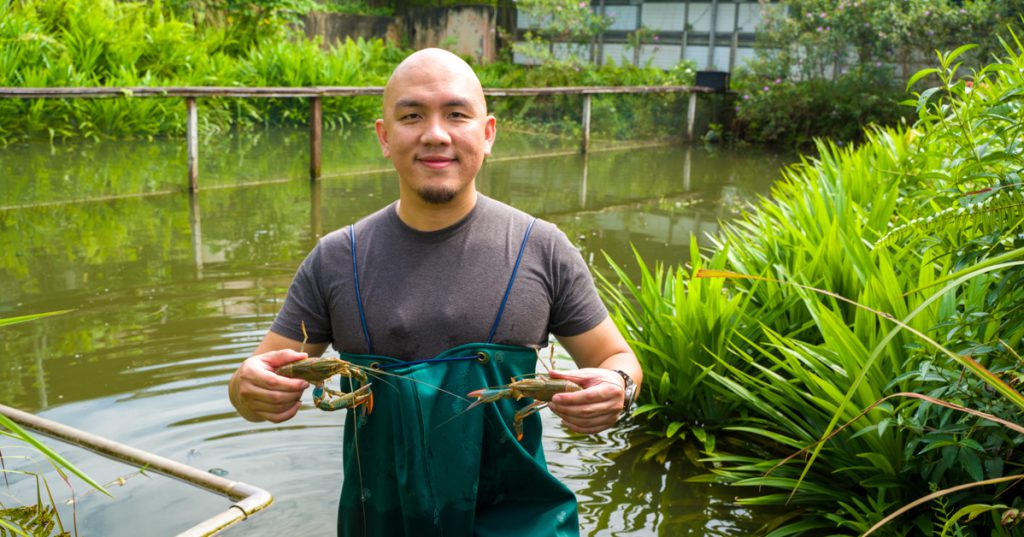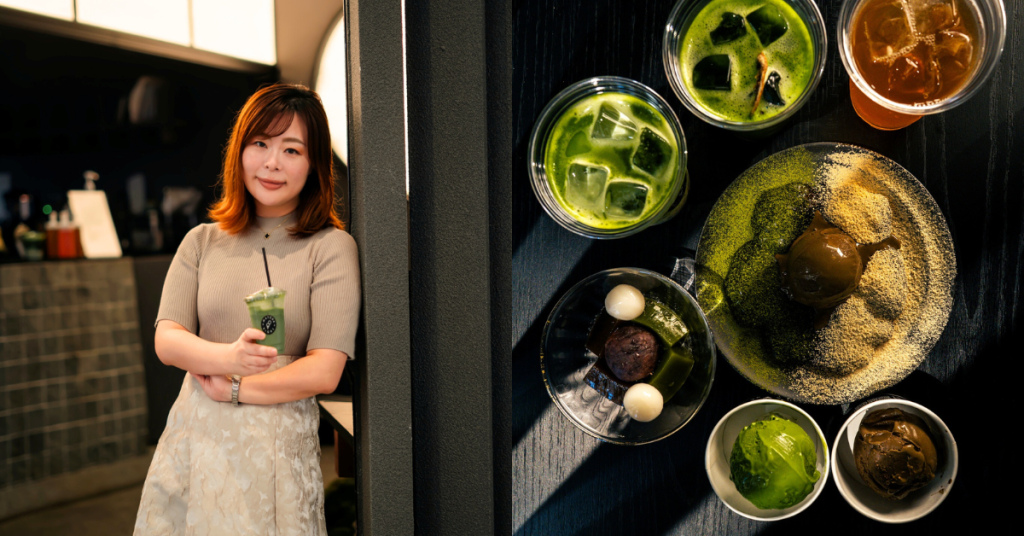We are a country that’s quite obsessed with food, so much so that some of us make it our entire personalities. Given the stockpiling craze in 2020, food security is not far from our minds and rightly so, seeing as Singapore imports 90 per cent of our food.
However, the country is slowly trying to reduce our reliance on imports and has outlined a 30 by 30 plan, which aims to produce 30 per cent of our own food by 2030.
Many players have thrown their hats into the ring and one of them is Singapore Crawfish. It is Singapore’s only high-technology, live crawfish farm. They started their first farm in 2018 at Sungei Tengah to supply the freshest live crawfish islandwide in the most sustainable and responsible manner possible.
How Singapore Crawfish came to be
In recent years, there has been an increased investment in urban farming and the agriculture technology space, which explains why urban farms have been mushrooming all over the island.
There is an appeal to urban farms — less space, technology that helps to increase yield compared to traditional farms, and shorter growing time.
However, very little is said about our local aquaculture. This is where Desmond Chow, the founder and CEO of Singapore Crawfish, comes in.

An overachiever in his own right, Desmond graduated with First Class Honours in Marketing for both his Bachelor’s and Master’s degrees at University College Dublin and Manchester Business School, respectively.
On top of that, he is an adept marketeer by training and a skilled entrepreneur, government emissary, and business lecturer. Well, now, we can also add crawfish farmer to that list.
Seeing as how he has so many accolades and skills, one can’t help but question how he came into the crawfish industry. After all, it is a complete 180-degree change from his skillset.
His foray into crawfish farming came rather organically. As part of a research project he embarked with his students, Desmond analysed various plants, livestock, and seafood, and discovered that crawfish was one of the most profitable livestock to rear.
These hardy little creatures originated from swamps and are relatively easy to breed, so Desmond figured that crawfish was something he could invest in.

A crustacean that checks all the boxes, the crawfish is preferred given its high production rate, extremely low mortality, and high international demand.
Desmond spent five years learning and understanding everything he could about the crawfish — from its lifecycle to living habits — and went on to invest S$1.5 million to build his crawfish business from scratch.
As mentioned earlier, Desmond is a bona fide overachiever. Not only did he delve deep into the life of the crawfish, but he was also on a bid to revolutionise the entire crawfish industry.
Currently, Desmond is also in the process of patenting his proprietary technology of a modular automated hatchery, which can reproduce crawfishes sustainably.
His automated hatchery can ensure maximum productivity, high efficiency, consistent commercial production rates and a low mortality rate for crawfish reproduction.
Land scarcity, labour costs, and the prejudice against local produce

Unlike urban farms that can grow vegetables vertically to save space, aquaculture still needs a sizeable area for production. As such, it makes sense that one of the hurdles in setting up Singapore Crawfish was the land scarcity, but that was just the tip of the iceberg.
“The government often provides land only for established companies, and there is actually very little support for smaller SMEs and players in the market,” lamented Desmond
Additionally, there is also the high cost of rental and labour. “Imagine growing crops in Singapore but having to pay almost 80 to 90 per cent of your profits to rental and labour levies,” he added.
Given Singapore’s size, Singapore Crawfish could not afford the luxury of space as those from neighbouring countries. Despite these constraints, Desmond and his team have found ways to work around it, such as utilising tech solutions and constantly ideating and prototyping new ideas.
At Singapore Crawfish, we are researchers at heart, searching for the best methods and technology to help us rear our crawfish in a scalable and sustainable manner. We collaborated with various scientists internationally and spent over three years of research and testing to formulate our techniques and technology.
Now, we pride ourselves on our special techniques and our nine key technologies, which has resulted in three amazing results: increased weight in our crawfishes by 80 to 100 per cent, increase in the number of eggs by 150 to 200 per cent, and lower mortality rates (dropping to below 15 per cent).
– Desmond Chow, founder and CEO of Singapore Crawfish
Besides government regulations and land constraints, Singapore Crawfish and many other local farms have to overcome the prejudice of homegrown produce and livestock.
There is the idea that while homegrown food is healthier, it is more expensive as there’s a widely-held belief that growing food in Singapore is largely impossible.
Given all these obstacles, Desmond believes that farmers should be intentional with their crops to succeed with farming in Singapore to set themselves for success.
“Young farmers like to choose ‘fancy’ fishes or plants to grow — those with a high difficulty level or requires a long time to harvest, that essentially leaves them very much exposed to the risk of mortality,” said Desmond.
“If these young farmers choose low-value crops without factoring in labour costs, the business is doomed to fail before it begins.”
There are plans to franchise Singapore Crawfish

As we know by now, Demond is not one to rest on his laurels. While you can currently get his crawfish on-site, he is looking to establish a pop-up outlet at Shenton House to sell their crawfish in various flavours.
Not only that, Singapore Crawfish hopes to use this avenue to share about Singapore Crawfish and what they are doing through their work and proprietary technology.
Desmond also plans to franchise his hatcheries globally and educate as many farmers as possible about rearing crawfish, which is a healthy and high-quality source of protein.
While we are currently working with farms and governments in Malaysia, Indonesia and Cambodia, we hope to franchise our business model overseas in countries like China and the Philippines. This will help us gain inroads into the markets here, and continue our work with local farmers and governments in making crawfish farming accessible for the masses.
– Desmond Chow, founder and CEO of Singapore Crawfish
The work never stops for Desmond and Singapore Crawfish. While most of our local high-tech farms are still in their early stages, it is indeed promising and we are now much closer to our 30 by 30 goals.
Featured Image Credit: Singapore Crawfish










